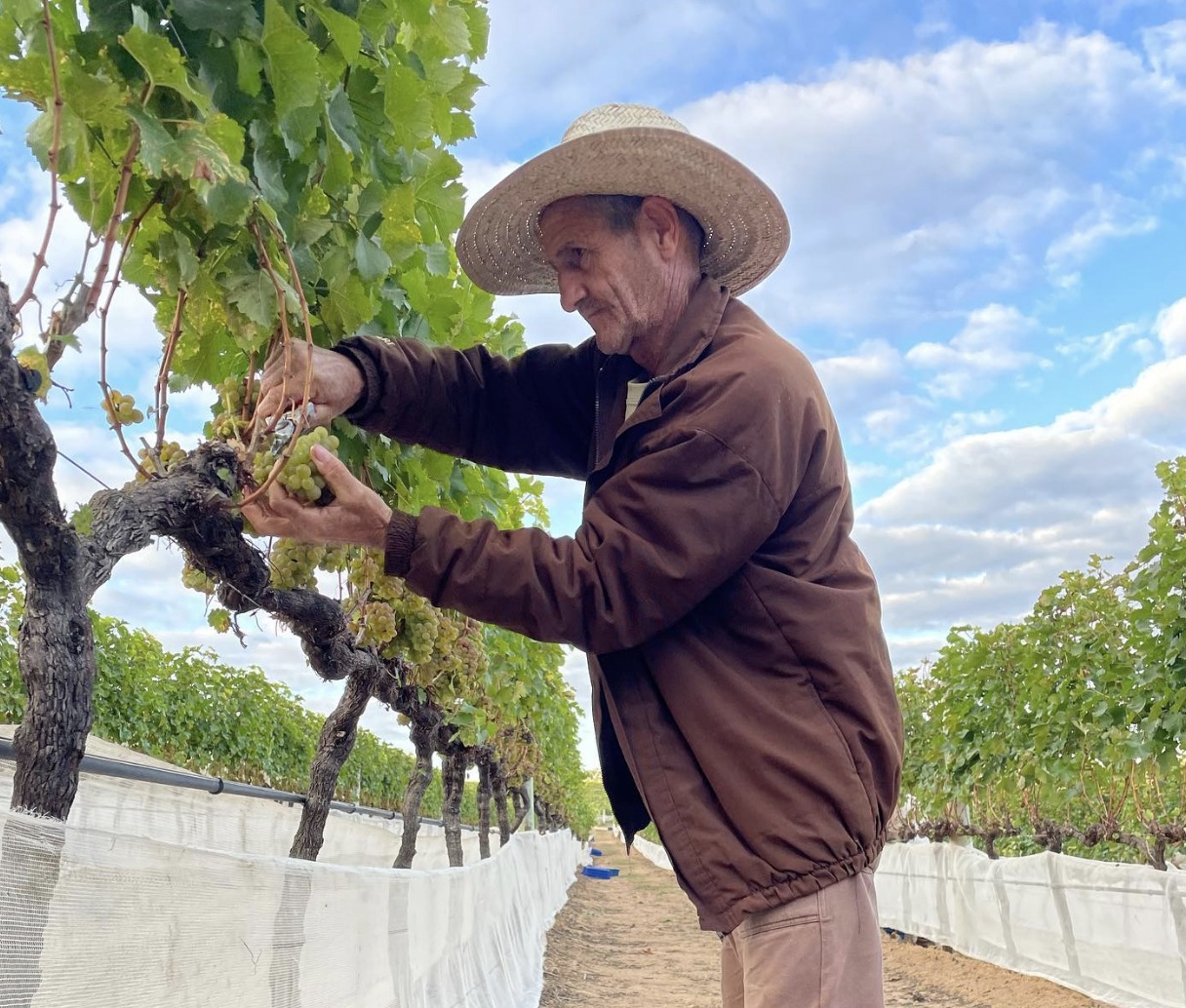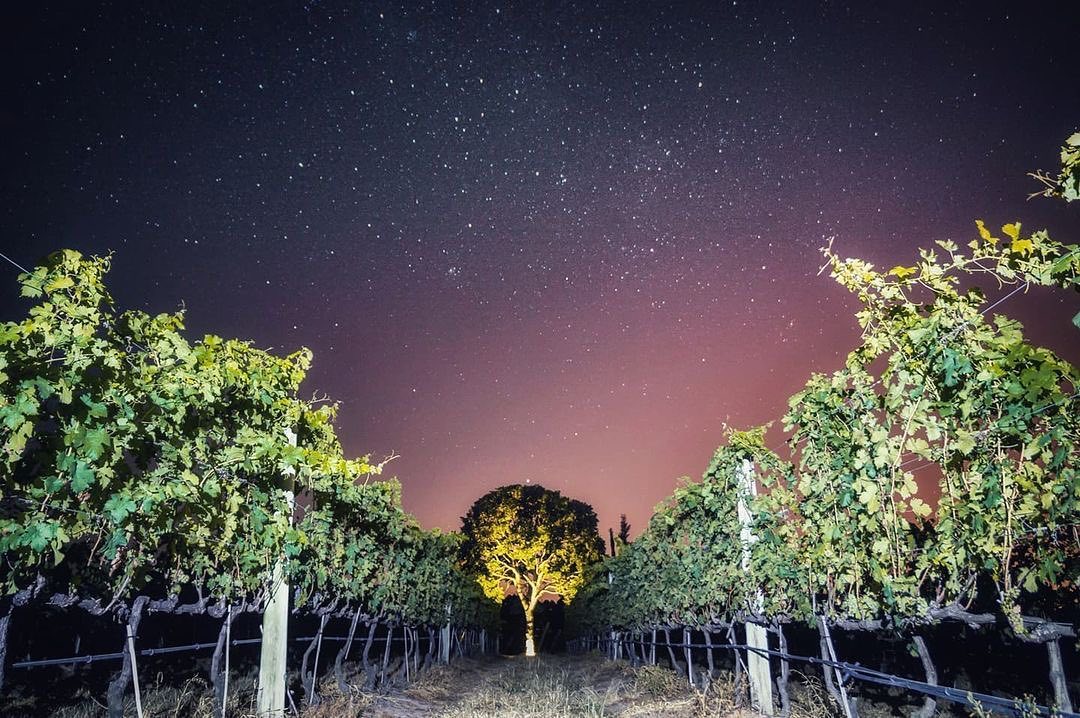Producers have struggled to make wine in Brazil since the first Portuguese settlers 500 years ago, with the only viable region seen as the very far south of the country — Rio Grande do Sul. However, in recent years, an innovative new technique has enabled producers to make wines across new, and often unexpected, regions. Pablo Fernandez takes a look at the wineries in Brazil using the double pruning system to make ‘winter wines’, or colheita de inverno wines.
While doing his doctorate in Bordeaux, Dr. Murillo de Albuquerque Regina thought the terroir of Bordeaux’s wine regions shared a lot of similarities to his homeland, Minas Gerais. But he knew that the warm, humid summertime climate was quite different and not best suited for quality wine production.
He knew that in the best wine regions of the world, the best conditions before harvesting are sunny days and cold nights, with dry soil. Interestingly, this is exactly how Minas Gerais is in winter — during the months of May, June, and July. Dr Murillo began investigating if it would be possible to change the vine cycle to this time of year, effectively harvesting in winter.
And so he developed the double pruning technique for grape vines. By pruning in January, at the height of summer, you can “fool” the vine, causing it to interrupt its normal cycle and go into dormancy. This trick means the vine instead shifts its cycle to now come into maturation in the winter — when there is less rainfall, more sunny days, and great thermal amplitude. In combination with the altitude of the southeastern plateaus, this helps to achieve optimal maturation and health of the grapes, perfect for the production of wines.
As a result of this technique, which was pioneered less than two decades ago, wine producers across Brazil are looking into a new future of winter wines… ranging from São Paulo, Rio de Janeiro, Minas Gerais, Espírito Santo, Bahia, Alagoas, Goiás, Distrito Federal, and even to Mato Grosso.
Is there any downside to double pruning?
This is a demanding technique which is not only labour intensive but also drops productivity and vigour. So it is only suitable for relatively hardy and strong varieties, which are typically more vigorous. In white wines, Sauvignon Blanc is the star, and in red wines, it is Syrah which has caused the most excitement.
There are some decent examples of Cabernet Franc and Viognier, but these are still early days — and there is still a world of varietals to be tested, and it may be that the “flagship variety” will be different five or ten years from now.
Another issue is the need to give double-pruning vineyards a rest since the plant undergoes two productive periods in a year, which increases stress and accelerates ageing compared to one with a regular cycle. Due to this, several producers are defining different “production lines” of vineyards which alternate those that will remain productive with double pruning (most have adopted a limit of five years) and those that are not using it – back to a regular cycle for a year.
What do ‘winter wines’ taste like?
‘Winter wines’ (aka. colheita de inverno) are usually more concentrated, rich, and of a deeper colour than the red summer harvest wines in these places. They also have more significant ageing potential because of the extra concentration.
Some Syrah colheita de inverno wines in particular have picked up numerous international awards. Guaspari’s Syrah Vista do Chá from Espírito Santo do Pinhal and Sacramentos Sabina Syrah from Serra da Canastra in Minas Gerais are particularly renowned.
And as an additional note, last month, I was at a fair exclusively on Brazilian wines, Vinibraexpo, in Rio de Janeiro. More than 50 producers from all over Brazil had the opportunity to showcase their wines. We tasted some delicious winter wines: the beautiful and fruity Syrah Rafael 2021 from the Inconfidência winery, from Paraíba do Sul, and also the Pireneus Terroir 2018 (with the Italian Barbera grape) from Cocalzinho de Goiás.
I think we are definitely going to have a lot of new surprising wines emerging in this expanding Brazilian winter wine collection!

Winter wines, colheita de inverno, producers in Brazil to check out
SÃO PAULO (São Roque)
- Vinícola Goes @vinicolagoes
- Bella Quinta @bellaquintavinhosfinos
SÃO PAULO (Leste)
- Casa Verrone @casaverrone
- Guaspari @vinicolaguaspari
- Terra Nossa @vinicola_terranossa
- Innvernia @innvernia
- Terrassos @vinicolaterrassos
SÃO PAULO (Mantiqueira Paulista)
- Vinicola Ferreira @vinicola.ferreira
- Villa Santa Maria @vinicolavillasantamaria
- Raízes do Baú @vinicolaraizesdobau
- Entre Vilas @entrevilas
MINAS GERAIS
- Villa Mosconi @vinicolavillamosconi
- Casa Geraldo @casageraldo
- Luiz Porto Vinhos Finos @luizportovinhosfinos
- Vinícola ABN @vinicola_abn
- Maria Maria @vinhosmariamaria
- Barbara Eliodora @vinicola.barbaraeliodora
- Stella Valentino @vinicolastellavalentino
- Estrada Real @vinicolaestradareal
- Quinta do Campo Alegre @quintadocampoalegre
- Sacramentos Vinifer @sacramentosvinifer
RIO DE JANEIRO
- Inconfidência @vinicolainconfidencia
- Tassinari @vinicola.tassinari
- Eloy @familia.eloy
- Fattoria Vinhas Altas @fattoriavinhasaltas
- Terras Frias @vinicolaterrasfrias
ESPIRITO SANTO
- Tabocas @tabocasvindegarage
- Casa dos Espumantes @casadosespumantes
- Cantina Matiello @cantinamattiello
- Carrereth @vinicolacarrereth
BAHIA (Chapada Diamantina)
- Vinícola Reconvexo @vinicolareconvexo
- Vinícola Santa Maria @vinicolasantamaria
- Vinícola Vaz @vinicolavaz
- Vinhas do Morro @vinhasdomorro
- Vinícola UVVA @vinicolauvva
PERNAMBUCO E ALAGOAS
- Vinícola Vale das Colinas @valedascolinas
- Vinícola Serra da Mão @vinicolaserradamao
GOIÁS E DISTRITO FEDERAL
- Pireneus @pireneusvinhosvinhedos
- Girassol @vinhedo.girassol
- Serra das Galés @serradasgales
- Vinícola Brasília @vinicolabrasilia
MATO GROSSO/MATO GROSSO DO SUL
- Locanda do Vale (Chapada dos Guimaraes) @locandadovale
- Terroir Pantanal (MS) @terroirpantanal
